Chefs spend a lot of time preparing food for others, but when they’re hungry and not in the mood to prepare a meal for themselves, they venture off to their favorite spot or might even try a new restaurant. Chefs have their opinions and preferences, just like the rest of us — but you may be surprised at which dishes they refuse to order in a restaurant. And usually, it’s because they don’t think it’s worth the money.

In terms of what they do look for, seeking out new flavors or unusual pairings is a motivating factor when deciding where to dine. “If I plan to spend my dollars, it’s going to be on something memorable and unique, not on something I can have or make any night of the week,” said chef Amber Williams, executive chef of Le Rouge Cuisine Food Co. in Dallas, Texas and author of “Surviving the Food Desert Cookbook & Resource Guide.”
According to Tiffany Swan, a Lake Tahoe, California-based retreat chef, “I often like to order items that are unique flavor combinations or something that makes me think, ‘Wow, that is either going to be amazing or weird: let’s try!’” Below, HuffPost spoke to chefs about menu items they rarely or never order, and why.
1. Lobster Rolls
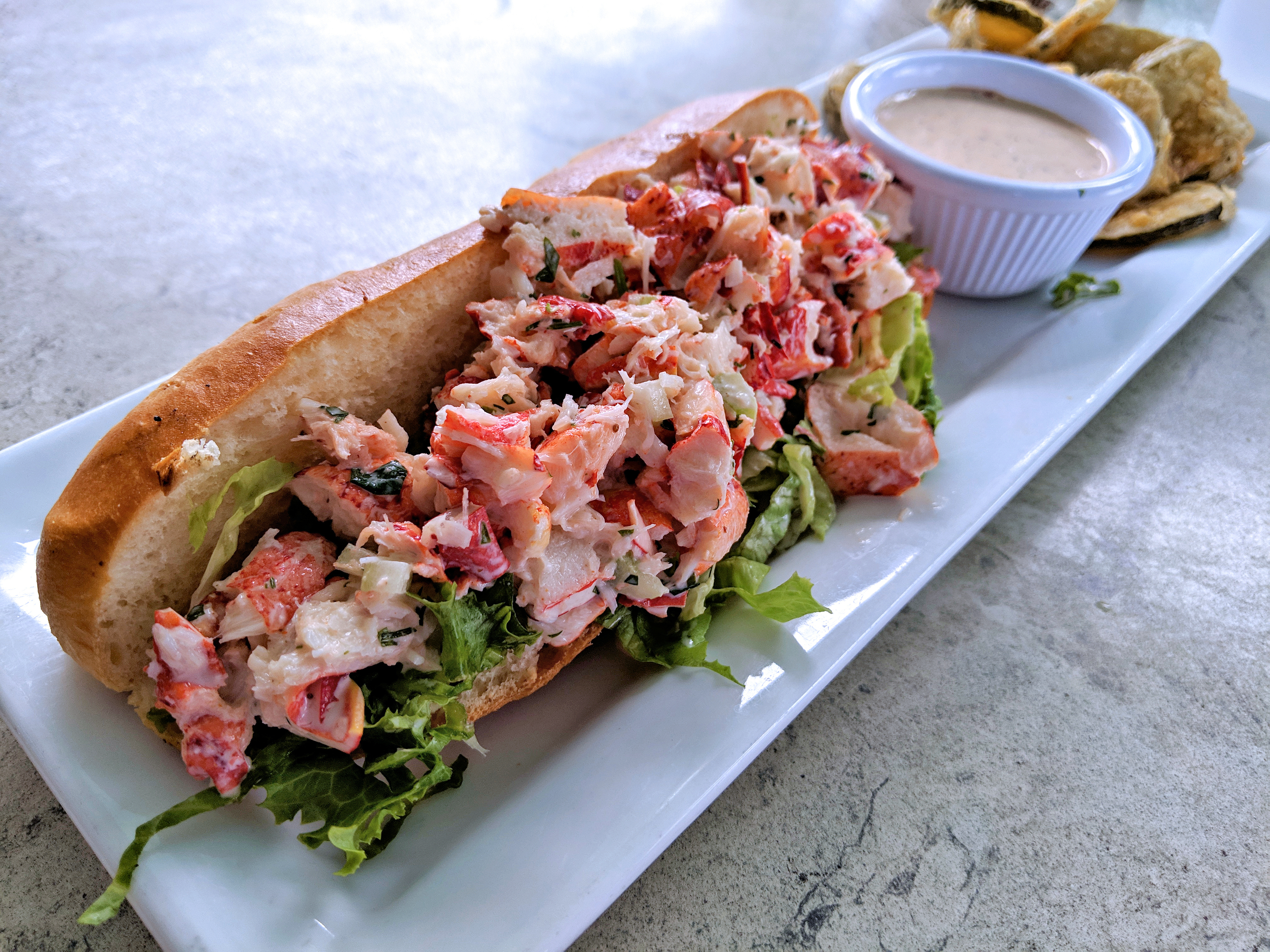
“I like lobster, but not enough to justify the cost of a $40-50 [lobster] roll,” said Evan Hennessey, chef and owner of Stages at One Washington and The Living Room in Dover, New Hampshire.
There’s no doubt lobsters are expensive to source, which influences the cost. “I understand there’s a lot of labor involved in harvesting and prepping lobster, but the rest of the ingredients cost very little,” he said. He feels people have become used to paying higher prices without questioning them. “I think the market has been driven so high that people are willing to pay astronomical amounts without blinking,” he said. He has a name for that. “We call that ‘tourist pricing,’ and [we] locals don’t appreciate it.”
2. Pasta
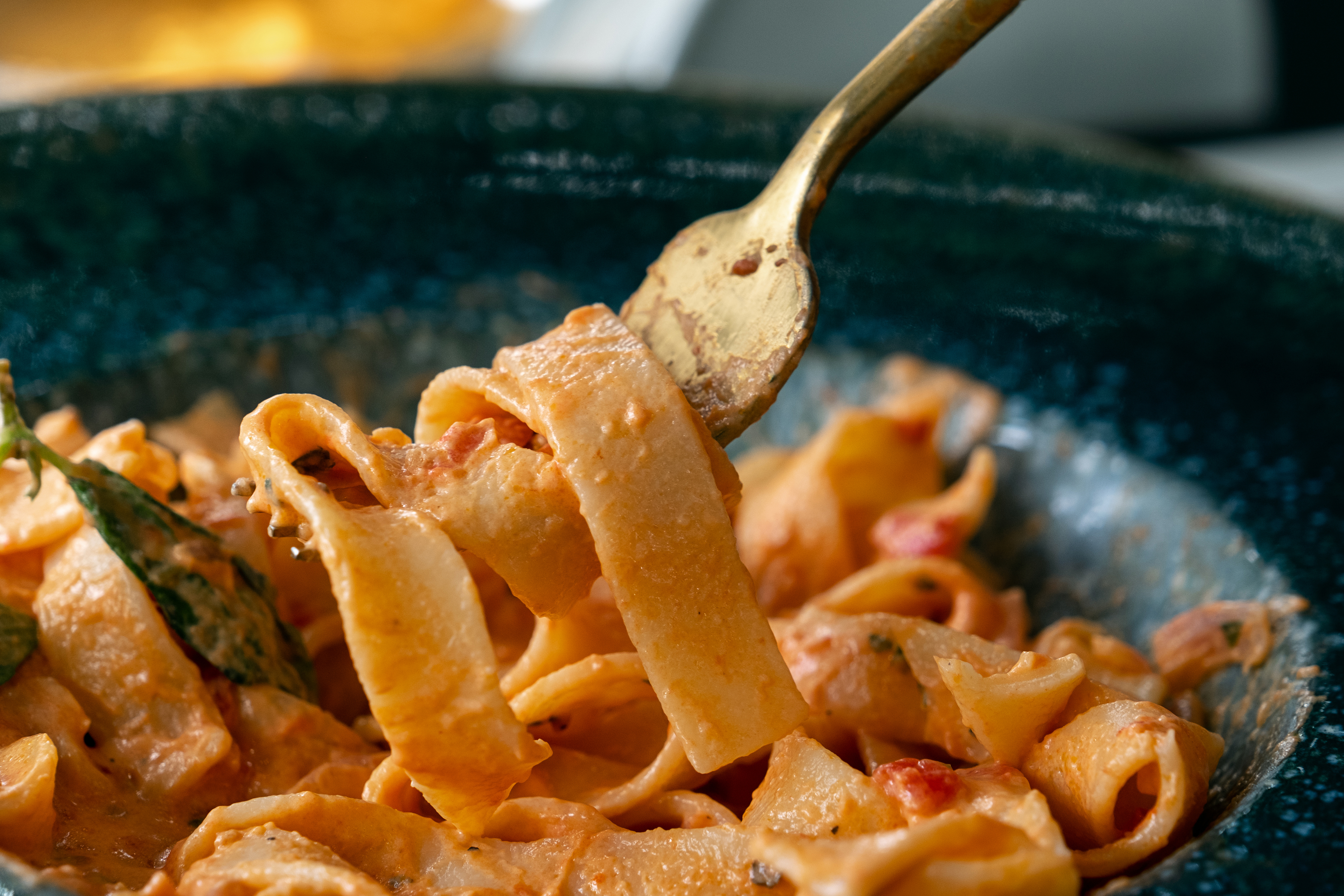
Head to a well-known Italian restaurant and you likely have your preferred pasta dish that you order every time. Many restaurants have pasta dishes on the menu to offer variety, but some chefs don’t always think pasta is worth the price.
“Pasta dishes with a basic pasta and sauce are surprisingly expensive for a dish that is inexpensive to cook,” said Nina Swasdikiati, the owner of Ping Pong Thai in Las Vegas. She prefers seeking out more intriguing and complex pasta dishes with unique ingredients and flavors.
A classic Italian pasta dish, cacio e pepe, translates to cheese and pepper and is made with minimal ingredients — pasta, parmesan, peppercorns, and butter. Sure, Italian Parmesan isn’t cheap, but this pasta dish can be more expensive than you might expect when served at restaurants.
“I often hesitate to order this at a restaurant due to the relatively high prices I’ve experienced,” said Ryan Jones, the co-founder and executive chef of Free Reign Restaurants in Charleston, South Carolina. He finds the pasta is typically made with dry pasta instead of fresh and has seen prices as high as $38. When he has a craving, he makes it himself. “A well-made cacio e pepe is a dish that I truly savor and enjoy making at home or sharing as a part of family meal,” Jones said.
3. Salads
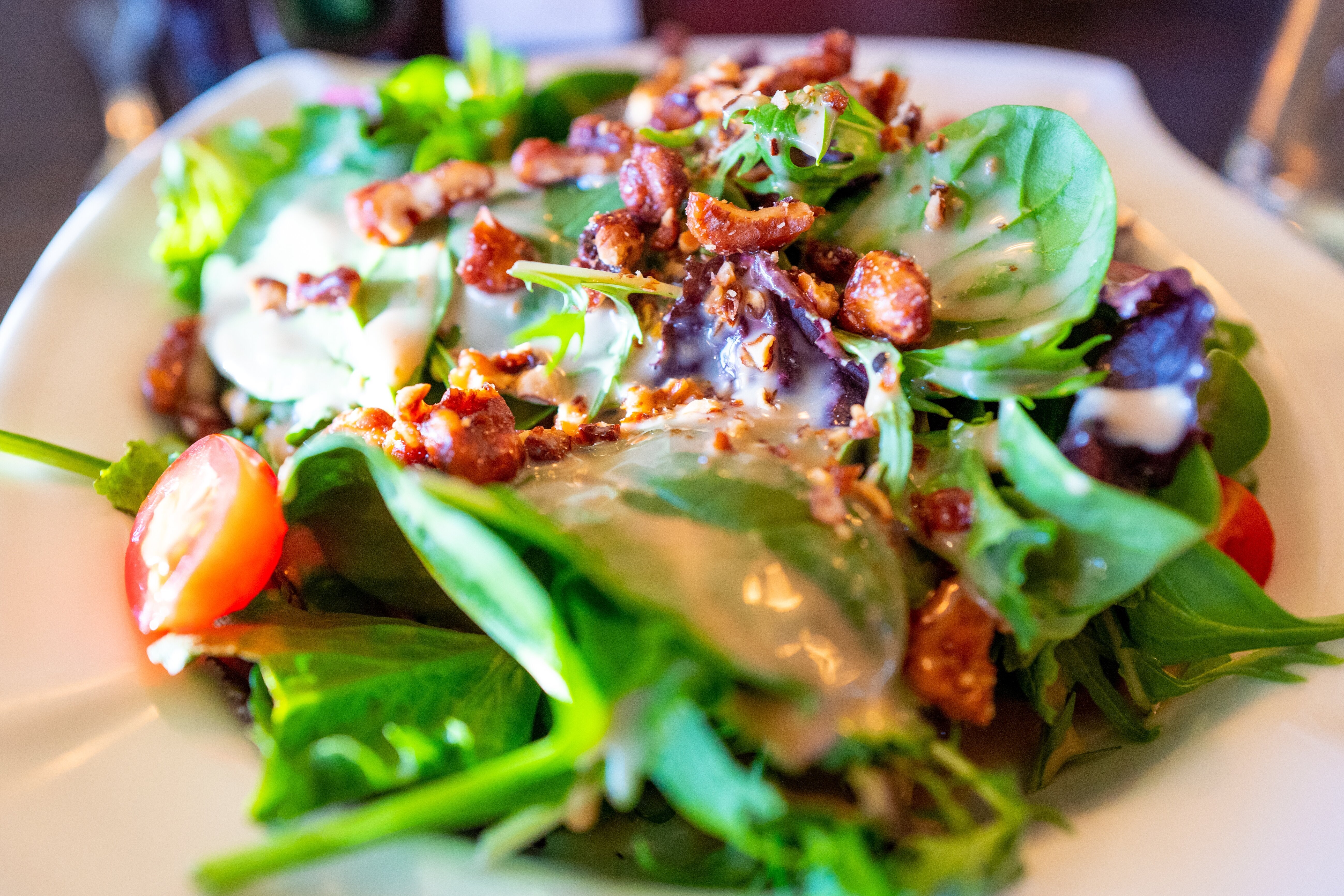
Most restaurant menus will have a selection of salads as a starter or entree. They can be a great choice for people looking for vegetarian options (assuming it’s sans meat) or want a healthier option (though if it’s loaded with dressing and bacon, it’s not always “healthy”). Often, salads have a high price tag.
“When you go to a restaurant and just want some leafy greens and vegetables, and they’re charging you $14-16 for a bunch of Sysco pre-cut tasteless carrots and pre-cooked chicken, it’s ridiculous,” Hennessey said. “But the market will allow that.”
Sometimes, he finds the quality and size are worth the price, but there can be another drawback for him — if the portion size is too big. “I either can’t eat the whole thing, thus wasting food, or I can’t eat my entree,” he said.
Swasdikiati agrees that salads are overpriced. “Rarely am I ever impressed with restaurant salads, and often leave thinking, ‘I paid $15 for this; I could have made it in two seconds for much less than that.’” She specifically mentions the Caesar salad is a classic choice but finds it’s overpriced. “You can make a Caesar salad at home with romaine lettuce, croutons, parmesan, and dressing for a fraction of the cost at a restaurant.”
4. Soup
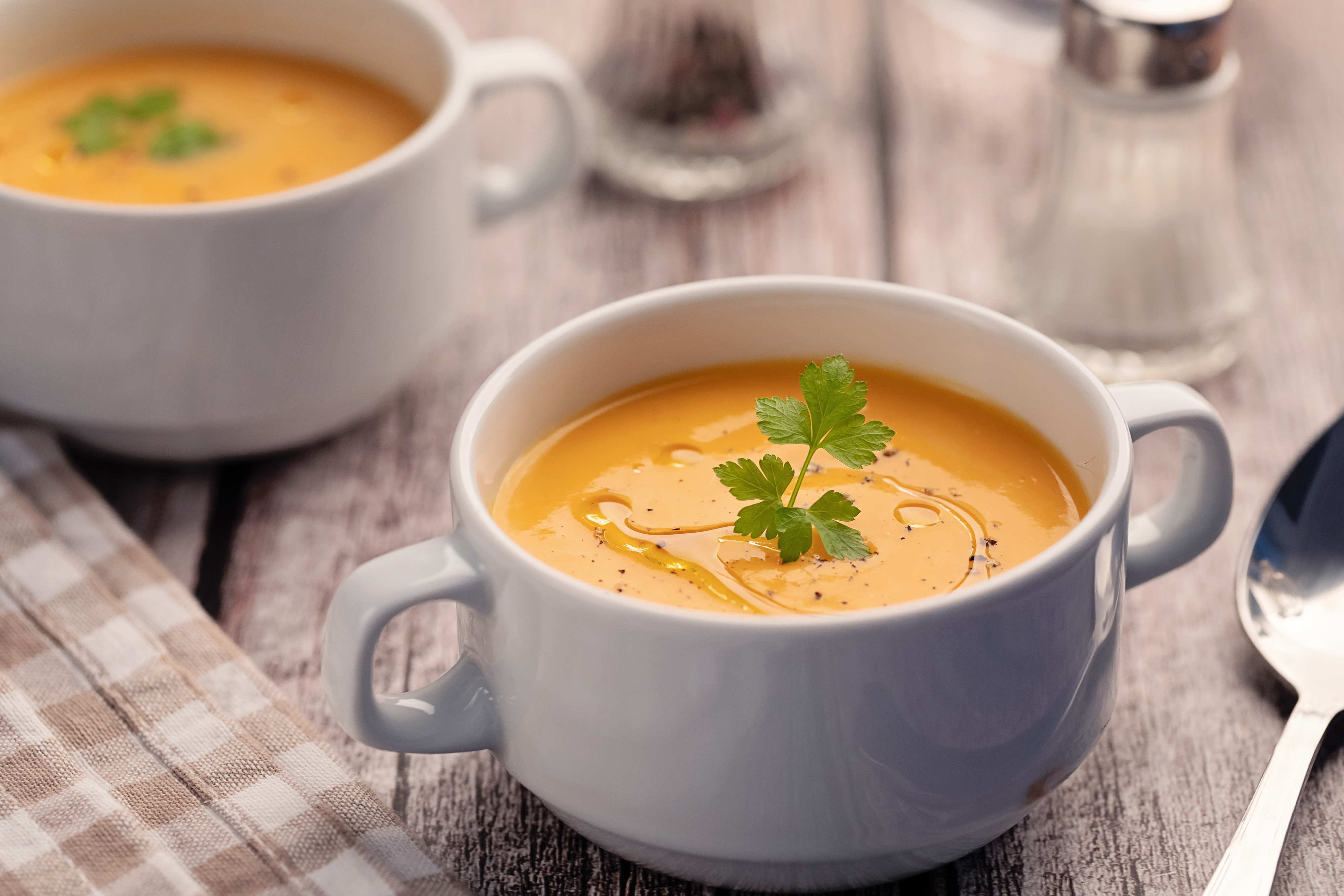
In the colder months of the year, you may have a craving for a hot bowl of soup. Oftentimes, restaurants will have a variety of soups on the menu, or soup will be part of the specials of the day. “Ordering the ’Soup of the Day’ is code in the hospitality industry for ’the back of the house is trying to get rid of its walk-in inventory from the weekend before vendor deliveries come in for the following week,’” said chef Michael DeLone of Nunzio in Collingswood, New Jersey.
Reinaldo (Rei) Cruz, the chef de cuisine at Final Cut Steakhouse in Charles Town, West Virginia, also doesn’t consider soup to be a good value at restaurants. “I would not order soup,” he said.
5. Tinned fish
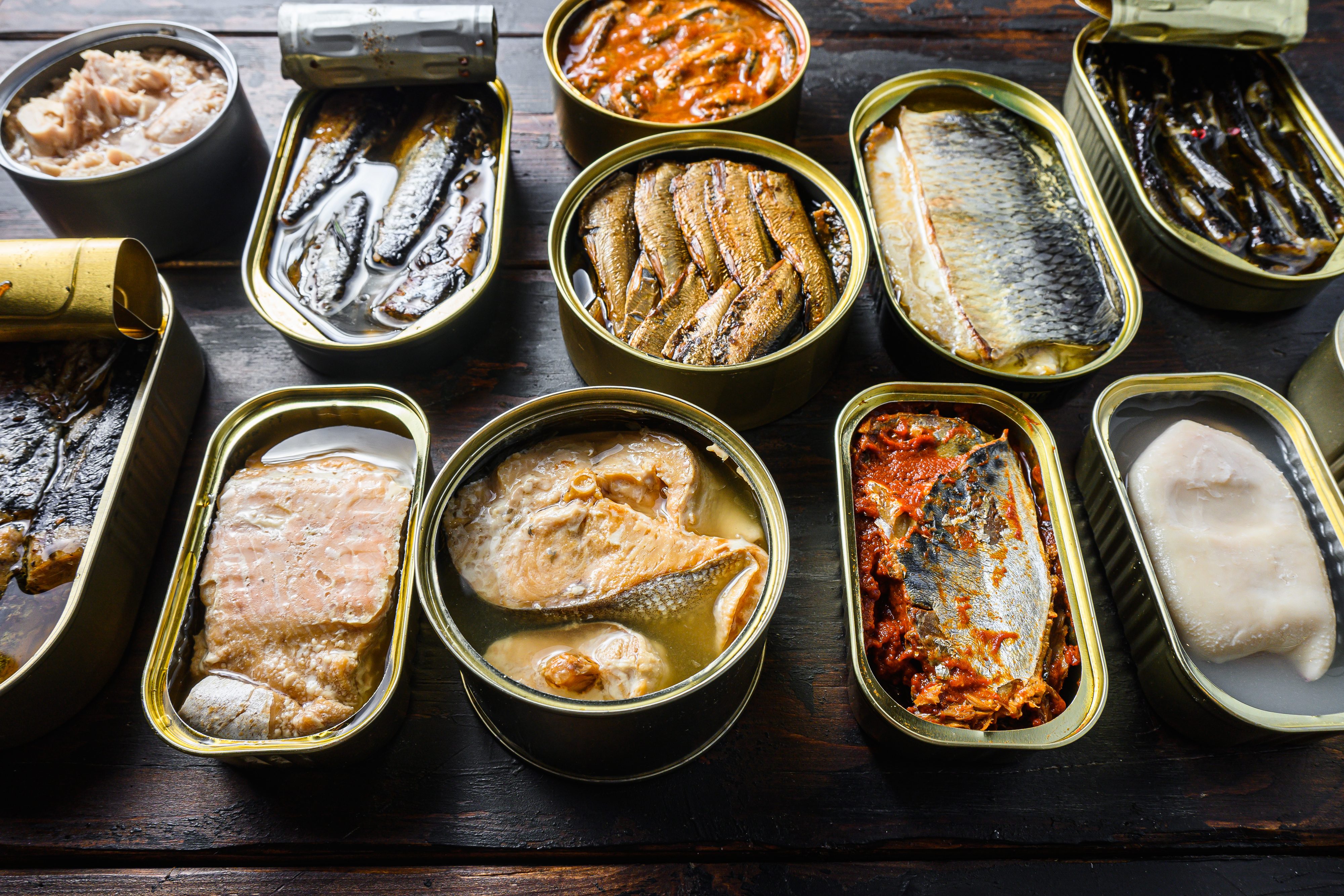
Tinned fish is in the spotlight, partly for its reputation as a healthy protein. Marc Sheehan, executive chef and co-owner of Northern Spy in Canton, Massachusetts, thinks canned fish on menus is too expensive.
“I love salty, briny preserved foods,” he said. “However, sitting in a wine bar paying a steep markup on tinned seafood accompanied by saltine crackers just doesn’t click,” he said. “I could truly and literally be having the same meal and wine on my couch at home after work for half of the cost.”
What foods do you often avoid ordering at restaurants and why? Let us know in the comments below!
This post was previously published on HuffPost.
